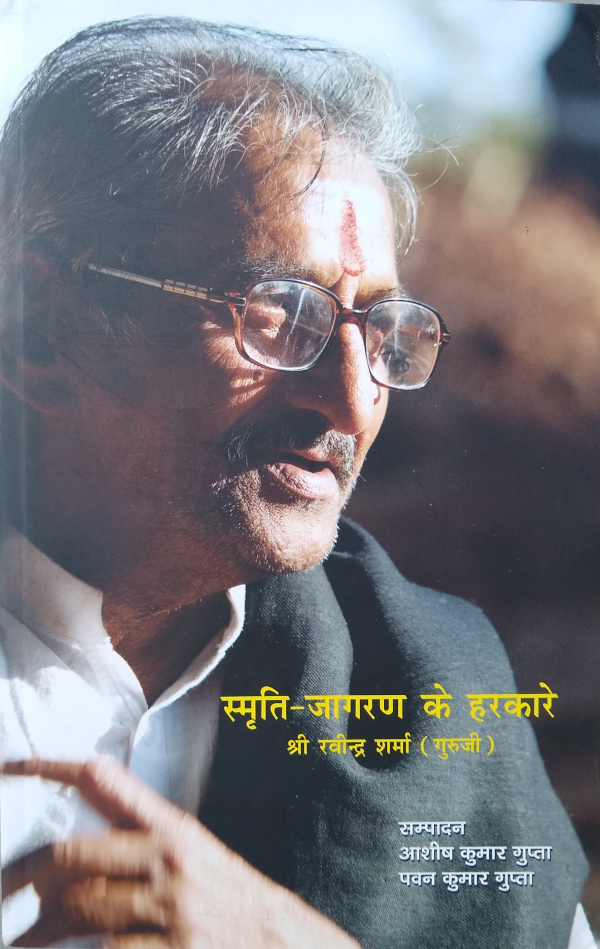I was again listening to a video of Guruji Ravindra Sharma and a sentence he said struck me this time. He said that someone who is not adhyatmik can have no prem for prakriti. (Around 43:00 of https://www.youtube.com/watch?v=A-pMQeKe8GI). In this video he also talks about soundarya drishti, kala and about the Bharatiya life designed on the foundations of poornata (ॐ पूर्णमदः पूर्णमिदं पूर्णात्पूर्णमुदच्यते। पूर्णस्य पूर्णमादाय पूर्णमेवावशिष्यते॥) I feel the need to see how all these are connected and I want to start by looking at some aspects of it in this post.
For some time now, I have been thinking that my urban landscape in Bangalore is very beautiful. It pulses with the seasons as, for example, the trees put out new leaves and flowers and fruit. The trees look poorna (100% beautiful) through all this pulsing. Even when, for example, the leaves of the Pongamia get their old diseased look before they are shed. Right now, most of the Pongamia trees are full of new bright green leaves that shine brightly in the sun. Just a few days ago these leaves were tiny, delicate, near-transparent, pink-purple new-borns that reminded me of new-born human babies who smile in their sleep. What I mean is that when I pay attention, I am awed by the beauty all around me.
In the video linked above, Guruji also says that in all the years of complicated academics that we spend our childhood on, there is not a single subject that helps develop our soundarya drishti. He says that this is by design and what schooling actually achieves is only two things that lead to our adult-life slave mentality and behaviour:
1. Sitting fixedly in one place without moving for years on end, till our very bones are used to this habit, which limits the work we do as adults also to sitting-work and
2. Quickly adjusting to changing subjects every 45 minutes when a bell rings, which comes in use when we become adults with no lakshya of our own, willing to adjust to anything.
This is a sad state of affairs and the end result is what I notice in my neighbourhood – people who busily go round and round inside parks oblivious to the beauty that surrounds them.
Going by what Guruji is saying we can tentatively hypothesize the following circular relationship:
Kala is a step in adhyatma -> Adhyatma is needed for prakriti prem -> Prakriti prem develops our soundarya drishti -> soundarya drishti is needed in kala -> (back to) kala is a step in adhyatma.
This simple hypothesis is presented here only to show that all these are deeply interconnected. I will look forward to your comments and will edit the circular relation above if you have an argument for a change.
Let me end with a song that comes to mind when we talk about beautiful nature.
When the incredible magic of KL Saigal’s voice comes through the bad recording and its digitally degraded reproduction, we really see that – हाँ, दुनिया रंग रंगीली बगिया है! सचमुच!
